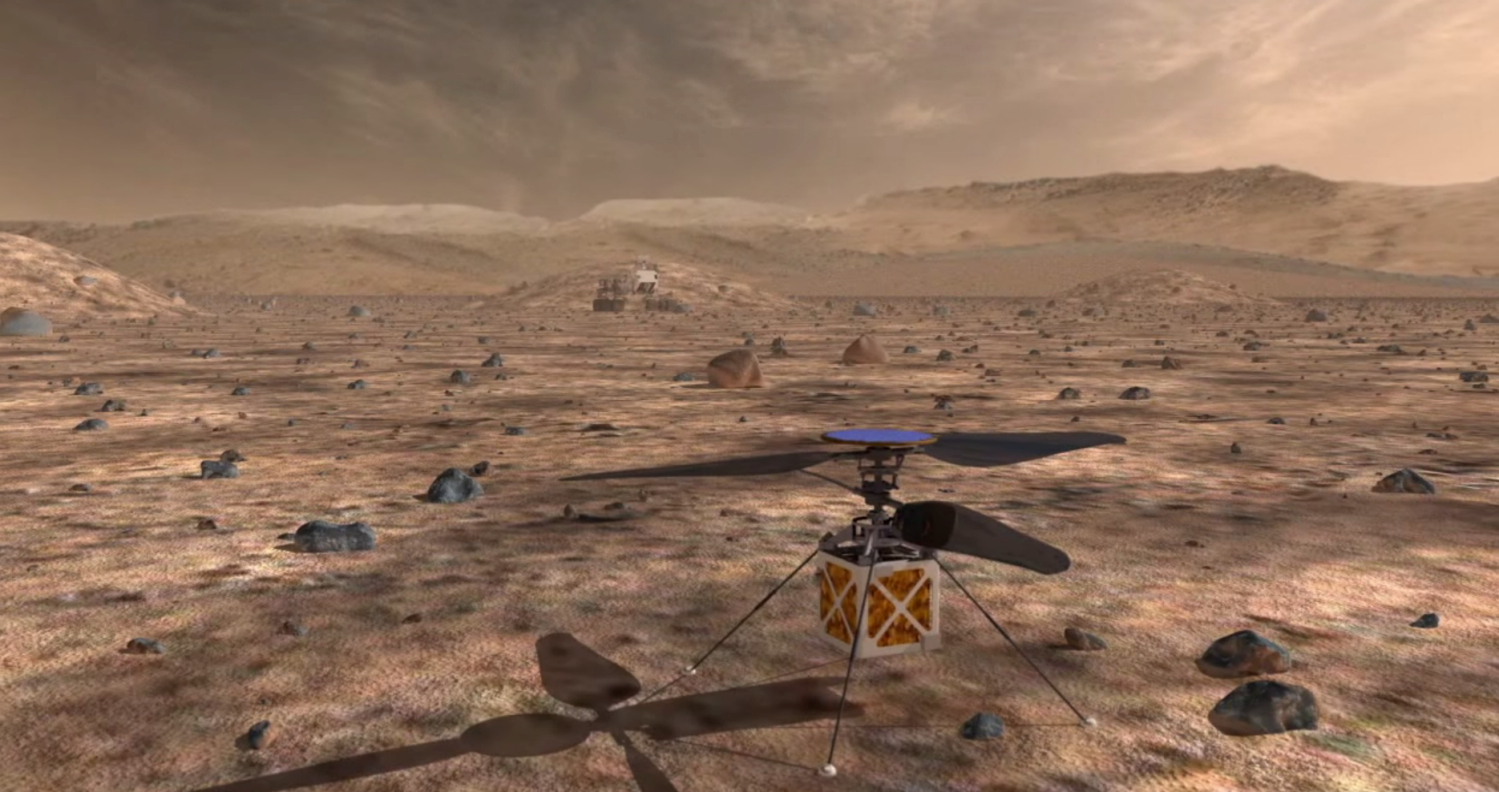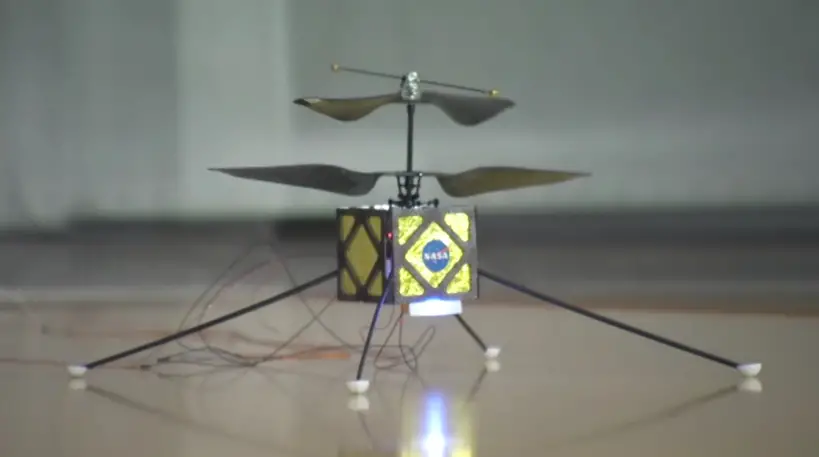If there are two things that are all the rage right now, it’s Mars and drones. Okay, maybe not all the rage, but a day hardly goes by without hearing about at least one of them, and it seems that NASA has made the connection with its planned Mars drone. On previous Mars missions, exploration has been limited to land going rovers, which are extremely effective at carrying delicate instruments long distances, performing experiments on the ground, and just generally cruising around the surface of Mars. As you may be aware, NASA is planning another Mars mission in 2020, and on it, they want there to be a drone.
The people over at NASA’s Jet Propulsion Laboratory (JPL) are working hard to engineer something that will make navigating Mars’ rugged terrain easier. Of course, like with anything, there are a lot of challenges that face the creation of a flying craft on a different planet. The fact that Mars has very different physical factors compared to Earth, for example. The planet is about half the size of our blue and green marble, and has an incredibly thin atmosphere. Although the atmosphere is thin, weather on mars is generally similar to Earth’s, so factors like winds and particulates have to be considered. Because of these factors, the drones blades have to spin at 2400rpm in order to achieve enough lift for the drone to take off. This may not sound like a huge amount, but in terms of power to weight ratio, it really is.
The helicopter is currently 2.2 pounds and has a 3.6 ft blade-span. It has a small compartment housing components for the motors and other instruments, including a camera. The compartment measures about 6in. x 6in. and from it, protrude long stick legs, reminiscent of a daddy long legs’. The drone has two sets of blade, which help with lift and stability, and a small solar panel on the top which will charge the copter when it’s not being used. Because it is so small, light, and needs so much energy to create lift in the thin atmosphere, the chopper will only be capable of two or three minutes daily, won’t go much over 300 feet, and won’t travel very far from the rover, but will be an extremely useful tool in observing terrain that lies ahead. The drone will also be very useful in assessing any immediate problems on the rover, providing a third person perspective.
One of the more important design features of the helicopter is that it needs to be able to fly itself, and make decisions on its own, seeing that the radio delay from earth to Mars can take as long as 45 minutes. This means adapting to weather, taking off and landing on rocky terrain, and whatever other challenges it might face.
Last Updated on November 27, 2018.












